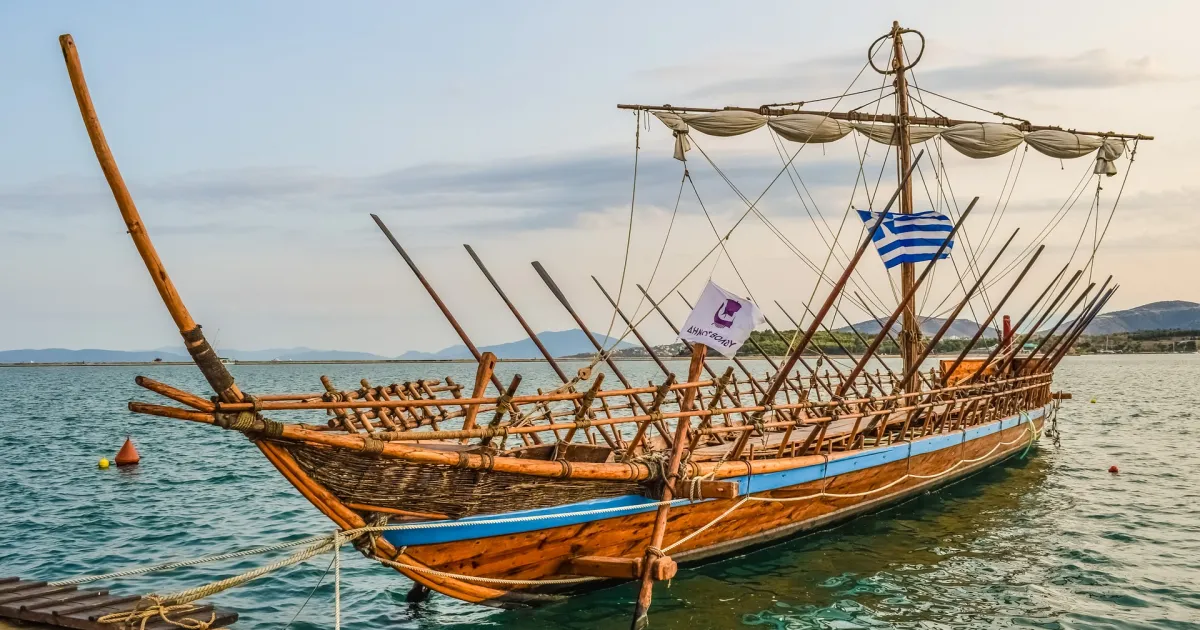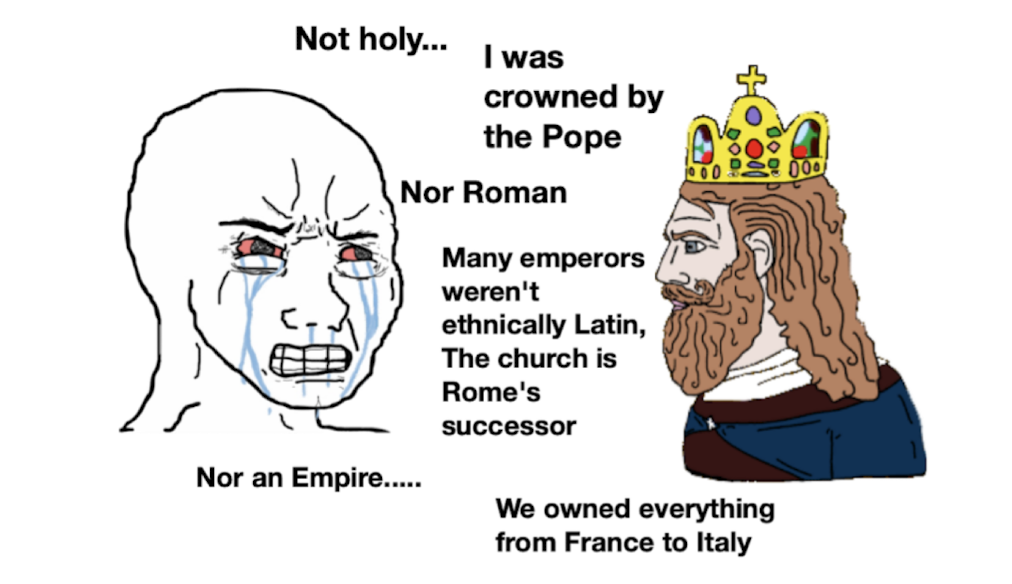Let us imagine a ship, Thesus’ ship, that has been floating for centuries. When they pull it into the dock, each part of the ship, from the planks to the sails, and the nails, eventually gets replaced. Is it still the same ship? Now, let us make our imaginary boat a Club Penguin army, such as the Army of Club Penguin or the Doritos, which have been in the game for over a decade. If all of the original members leave, aside from one veteran to lead a new generation, is it still the same army?

Designed by Edu14463
The Paradox of Continuity
Armies are not simply groups of penguins, but legacies. The Army of Club Penguin was founded eighteen years ago, and countless leaders, troops, and soldiers have come and gone. Their unmistakable green uniforms remain, and the “ACP forever” motto remains. However, is it still the ACP if every original member leaves behind just one veteran to act as an advisor? Do their recruits learning the nuances of Club Penguin Journey and Club Penguin Armies Battleground still embody the spirit of the ACP? Or do they simply take on a new army’s charade, wearing the same name as the original?
The Ship of Theseus wonders whether identity exists in the parts or the purpose. When the Doritos launched their audacious wars, were they the same aggressors of the 2010s, or were they something entirely different? Granted, most of you know that the people behind Secret Service were the ones behind DCP’s most recent iteration. Alas, it all had to crumble. The ship had sunk, along with the captain and everyone on board.

The metaphorical Ship of Theseus
Is it Holy, is it Roman, is it an Empire?
History offers striking parallels. The Holy Roman Empire, which Voltaire famously dismissed as being “neither Holy, nor Roman, nor an Empire”, claimed to be the successor of the Roman Empire. Nevertheless, by the Middle Ages, the Holy Roman Empire was made up of a collection of Germanic polities far removed from the opulence of ancient Rome. Although Holy Roman Emperors evoked the name of Charlemagne as part of their title, the conditions of the medieval polity were not Roman. The languages, politics, and historical contexts were distinct. Was it truly Roman? Similarly, a CPA army could ostensibly fly a worn, old flag, while its larger, mostly cultural comprehension suddenly altered. Even if the CPA army holds the same flag, it could roughly be at best a movement to something analogous but different.
The Byzantine Empire faced a similar conundrum. As the eastern half of the Roman Empire, the Byzantine Empire maintained the Roman titles and laws, but adopted Greek culture and converted to Christian beliefs. The emperors still called themselves Romans, and once the western half of the Roman Empire fell, Constantinople endured for over 1,000 years afterwards. In a CPA army, an old adviser may pass down battle formations and sayings, but if the new members regard new strategies as a greater priority than any tradition and thinking, is the continuity of the army intact? Like Byzantine scholars who protected ancient Roman texts, the adviser may hold the older, antiquated past, but the present has transformed it.

The Chad HRE Emperor vs the Wojak denier
What Truly Makes an Army?
So what holds the CPA army together? Is it just the name, like “Doritos,” with the weight of years of battle? Is it tradition, like ACP’s green cloaks? Or is it the people, whose passion acts like fuel for every war? If every original member is gone, and their stories are lost, is it still an army? The Ship of Theseus doesn’t have an easy answer, and neither does CPA. Maybe the beauty of the situation lies within the tension between being tradition-based and being ever-changing.
That one old veteran advisor is the bridge. They are the glue that connects recruits to the traditions, teaching them the army’s songs, tactics, and rivalries. In the ACP, a veteran might tell the story of 2019, when the new leaders renewed the army for a second time. But what if the new generation has come in, using different tools, and forgets the old tactics? The Holy Roman emperors often trusted Charlemagne, despite ruling a splintered union. For the veteran, their voice matters, but so does the sweater grandma knitted, which remains the x-factor.
CPA armies, like ships and empires, are living things, perpetually transforming and yet maintaining continuity. In CPA’s warfare and conviviality, we not only find a game but an identity puzzle predating Theseus. Whether or not it be one long-serving advisor or a succession of generations, a question remains: are we still on the same ship?
Zenishira
Associate Editor